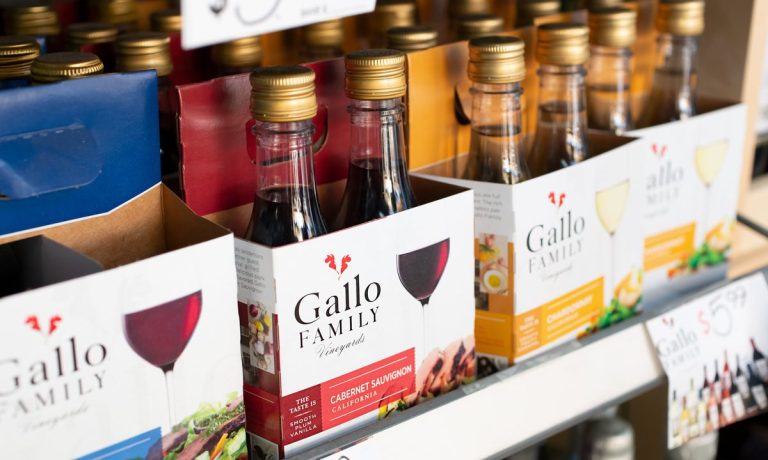Brands Migrate to Seamless Super App Loyalty Programs That Work Everywhere

At a time when consumers are hungry for super apps that consolidate the digital clutter from dozens of different retailers and banks on their devices, brands are also looking to find a simpler way to streamline the loyalty and rewards experience.
It’s a trend that was underscored in an announcement Monday that said the California winemaker E&J Gallo would be expanding a pilot program with Fetch Rewards that will reward consumers, regardless of where they purchase Gallo products, which include Apothic, Barefoot and Black Box brands.
“Loyalty and rewards offer powerful opportunities to forge deeper connections with our consumers while gaining understanding of their needs,” said Stephanie Gallo, chief marketing officer for E&J Gallo, in a statement, before remarking on the “anywhere and everywhere” purchase component of the pact.
For its part, Fetch says it has 13 million active users who have submitted more than 2 billion receipts and earned more than $290 million in rewards points that are redeemed for things such as gift cards. Furthermore, the company said it recently surpassed $100 billion in gross merchandise value (GMV), making it equivalent to the nation’s seventh-largest retailer.
‘Tis the Season
To be sure, Gallo is not alone in its efforts to simplify the way it retains good customers with loyalty rewards. The PYMNTS 2021 Holiday Shopping Outlook, which found that convenience and personalization will be key for increasing sales, said that 58% of consumers say that they are “very” or “extremely” interested in online stores and brands that offer customer rewards programs.
The study also found that interest in perks tends to be highest among groups that have the most financial struggles. However, consumers across the economic spectrum are interested in retailers’ rewards programs as part of their shopping experiences.
In an interview with PYMNTS last year, Fetch founder and CEO Wes Schroll said he hopes the brand will become a one-stop shop for consumers who are frustrated with having to join rewards programs for several different brands, citing a 2019 study that showed consumers facing “loyalty fatigue” after signing up for roughly 15 different programs.
Schroll said the COVID pandemic has given power to consumers, noting that, in the past, they may have been happy with a free cup of coffee or a hamburger after 10 purchases. But like many things in life, that mindset has changed — if not entirely flipped, he said.
“There was definitely the opportunity throughout COVID for certain brands to show that they were loyal to their customers, which I think is a mindset very few brands ever take because when they say ‘loyalty,’ they’re talking about a consumer’s loyalty to their brand,” Schroll said in the interview. “But we believe at the end of the day, it should be the opposite. It should be a brand proving that they’re loyal to the consumer.”
It’s also changed the mindset that loyalty programs have to be constructed and run internally by direct-to-consumer brands. Simply getting an email address for a database is no longer sufficient.
“[Customer loyalty is now] about doing the right thing by them, making sure that your brand is associated with things that that consumer finds valuable and important in their life,” Schroll said. “That’s something that I think was heightened post-COVID, and people will remember those brands that were there for them during those times.”